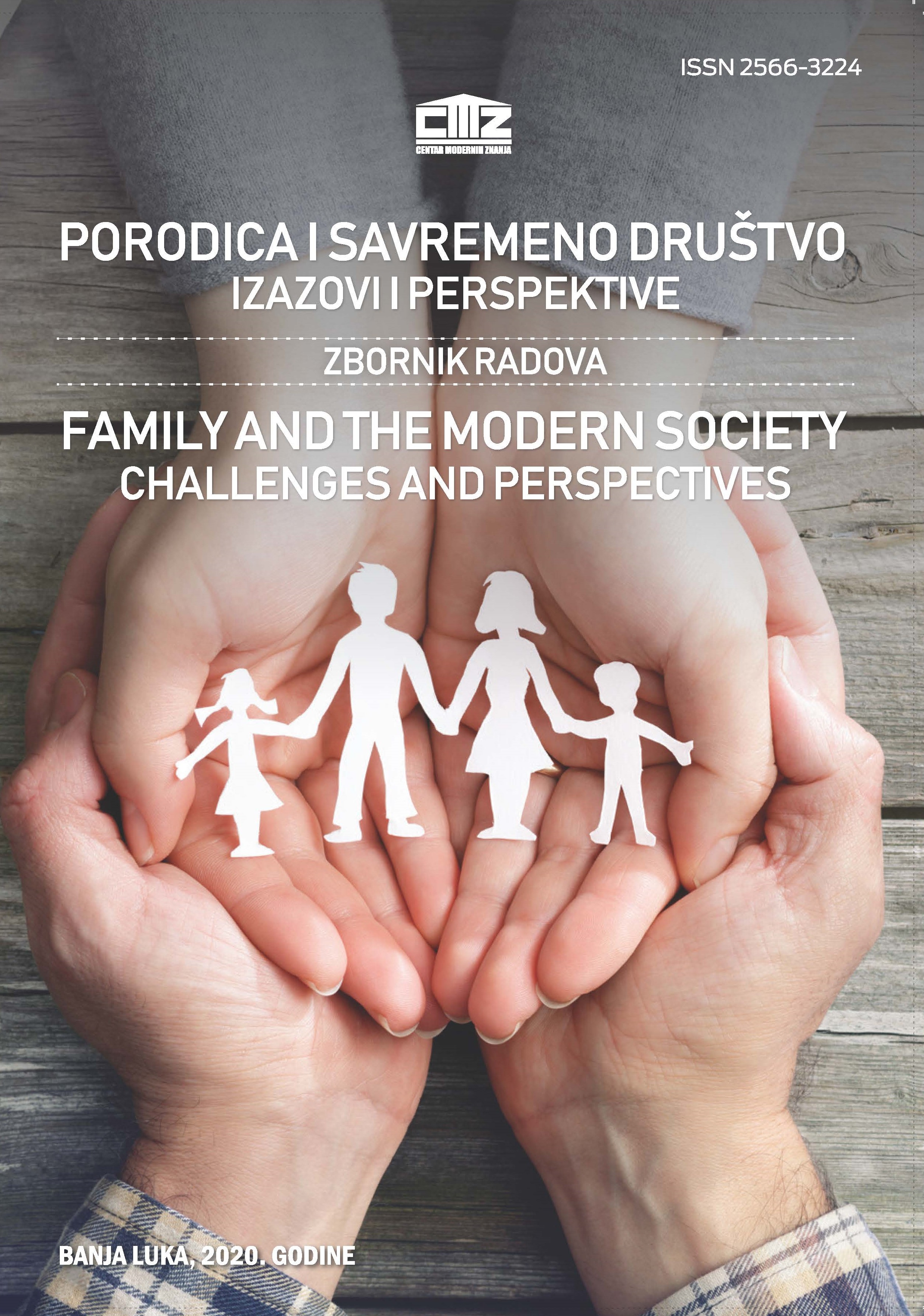ГРАФИТИ КАО КУЛТУРА ОТПОРА МЛАДИХ (Прилог социологији свакодневног живота)
GRAFFITI AS A CULTURE OF YOUTH RESISTANCE
Author(s): Nemanja Đukić, Olivera GrbićSubject(s): Fine Arts / Performing Arts, Visual Arts, Sociology, Social differentiation, Sociology of Culture, Sociology of the arts, business, education, Identity of Collectives
Published by: CENTAR MODERNIH ZNANJA
Keywords: graffiti; space; territory; power; youth; lifeworld; transgressiveness; heterotopia;
Summary/Abstract: Space is a political and ideological concept. (Lefebvre, 1977:341, 1991:278-282). Every order, every constellation of power intervenes in the space and transforms it into the territory to ensure its sustainability and prevent its overcoming. Hence, the territory is the power materialized in space. (Lefebvre, 2009:224). The territory is a politically organized space - a structured system of rules governing the exchange of meaning (culture), the exchange of goods (economy) and personal relations (sociability). At first, the authority trying to control space directly by the visual-aesthetic organization of space. The authority embodies itself in the space by defining and manifesting its power in monumental buildings. In that case, graffiti relativizes the physical control of space. As the visual disruption in the space, graffiti as a youth resistance has a direct connection with the moral disorder. Showing the inability of authority to control the physical space, graffiti takes away sovereignty from the authority in the most explicit way - in those places where authority celebrates its sovereignty through monumental buildings. Second, the authority trying to control space indirectly by standardization psychosocial connection between the meaning, behavior, and space. The authority embodies itself in the space by prescribing what type of behavior is acceptable and appropriate for a particular space. In that case, the presence of graffiti in the public space disturbs the dominant distribution of meaning. Graffiti relativizes the symbolic, social and psychological control over behavior in space, by counteracting the impersonal and static power of authority with the personal and fluid power of Lifeworld. As an act of rebellion and subversion against the authority that embodies its power in space, in the sociological sense graffiti represents the ontological and revolutionary potential of Lifeworld. As a non-territorial, transgressive and heterotopic, graffiti disrupt and prevents power in the continual production of territory. Graffiti deteriorate the space – by graffiti territory has been subjected to processes of destabilization, restructuring, and transformation. In short, graffiti shows that power is losing space.
Journal: DRUŠTVENE DEVIJACIJE
- Issue Year: V/2020
- Issue No: 5
- Page Range: 584-589
- Page Count: 6
- Language: Bosnian, Serbian

